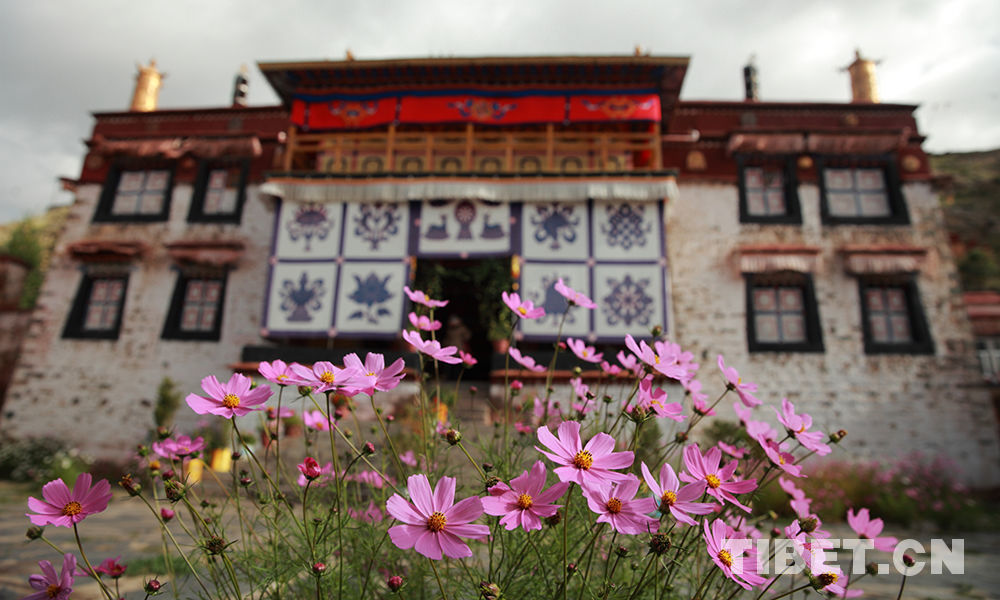New evidence found: "Middle Way" equals "Tibet Independence"
In April, 1988, for the first time , the 14th Dalai Lama put forward his "Middle Way" approach when he met with a British journalist from Financial Times in Dharamsa of India, meaning to resolve the so-called "Tibetan Issue" .
The main content of the 14th Dalai Lama's "Middle Way" approach he always propagated in the international arena is to practice the so-called "High-degree Autonomy" and "Genuine Autonomy" in China's Tibet and Tibetan-inhabited areas within the framework of China's Constitution. It seems that the Dalai Lama and his group will no longer seek "Tibet's independence" under the "Middle Way" proposal Unfortunately, some people really believe it. However, the nature of the Dalai Lama's "Middle Way" still lies in splitting Tibet from China, which has been proved by numerous documents.
Recently, researchers from Sichuan University have accidentally found the latest evidence to expose the Dalai Lama's conspiracy of "Tibet Independence" from Song Luzheng, a Chinese living in France.
Song Luzheng wrote in his blog that in the year of 2008, the 50th year of the Dalai Lama's exiled life, and the 70th year of his enthronement, a French press named the Renaissance (Presse de la Renaissance) published a new book of the Dalai Lama entitled My Spiritual Autobiography (Mon autobiographie spirituelle). From the 15th line to the 18th line on Page 217, it reads , "For some reason, I have decided that I will not be a chief, nor will I participate in the political activities on the day when Tibet gained its independence." (The original French version reads: "pour plusieurs raisons,j'ai decide que je ne serai ni chef,ni meme partie prenante du government,le jour ou le Tibet recouvrera son independence.")
Your Comment
Name E-mailRelated News
-
;











